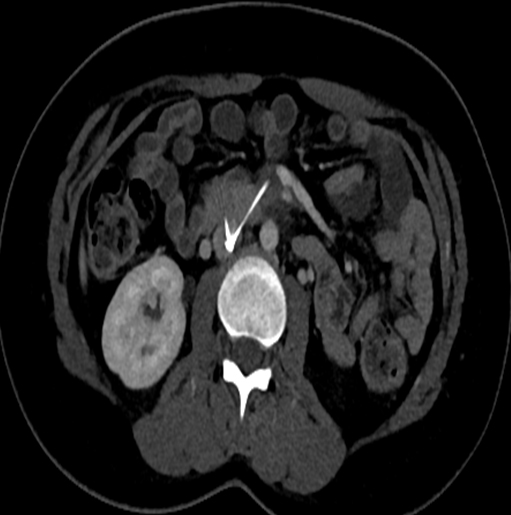|
Back to 2015 Annual Symposium Program
Operative Explantation of Inferior Vena Cava Filters
Mark E. O'Donnell, MD FRCS1, Cristine Velazco, MD1, Ryan Day, MD1, Richard J. Fowl, MD1, William M. Stone, MD1, Thomas C. Bower, MD2, Peter Gloviczki, MD2, Samuel R. Money, MBA MD1.
1Mayo Clinic, Phoenix, AZ, USA, 2Mayo Clinic, Rochester, MN, USA.
OBJECTIVES:
Inferior vena cava (IVC) filter placement is not without risk. It has been associated with puncture site bleeding, venous thrombosis as well as filter migration and perforation. The objective of this study was to assess our experience with open operative explantation of IVC filters.
METHODS:
After IRB approval, patients were identified from case logs that had transabdominal IVC filter removal between 1994 and 2013. Patient demographics, thromboembolic risk profile, clinical history, operative indication and outcomes were recorded for each case.
RESULTS:
Eighteen patients (male=9, mean age=49.6 years) were identified. IVC filters (permanent=4, retrievable=8, unknown=6) were deployed for a combination of significant thromboembolic events (n=16), post-trauma (n=3) or after failure of anticoagulation therapy (n=2). Ten patients had retrievable filters that were not removed percutaneously due to filter strut perforation into surrounding pericaval tissue (Figure 1). Seven patients subsequently presented with abdominal/back pain, hematuria or sepsis. Midline laparotomy was utilized for explantation in eleven patients during oncological resections. A subcostal incision (n=5) was used for planned explantation alone. One patient had robotic-assisted laparoscopic removal and another had an open transjugular removal. Caval venotomy was primarily closed (n=15) or patched with bovine pericardium (n=2). No complications attributed to filter removal were identified in the post-operative period. One patient died from advanced malignancy and the other seventeen patients remain well (mean follow-up 618 days).
CONCLUSIONS:
Filter strut caval perforation remains the most significant indication for transabdominal removal. Filter removal is often considered incidentally during oncological resection. Although operative explantation still remains infrequent, our series suggests that it may be performed safely without significant post-operative complications.

Back to 2015 Annual Symposium Program
|







